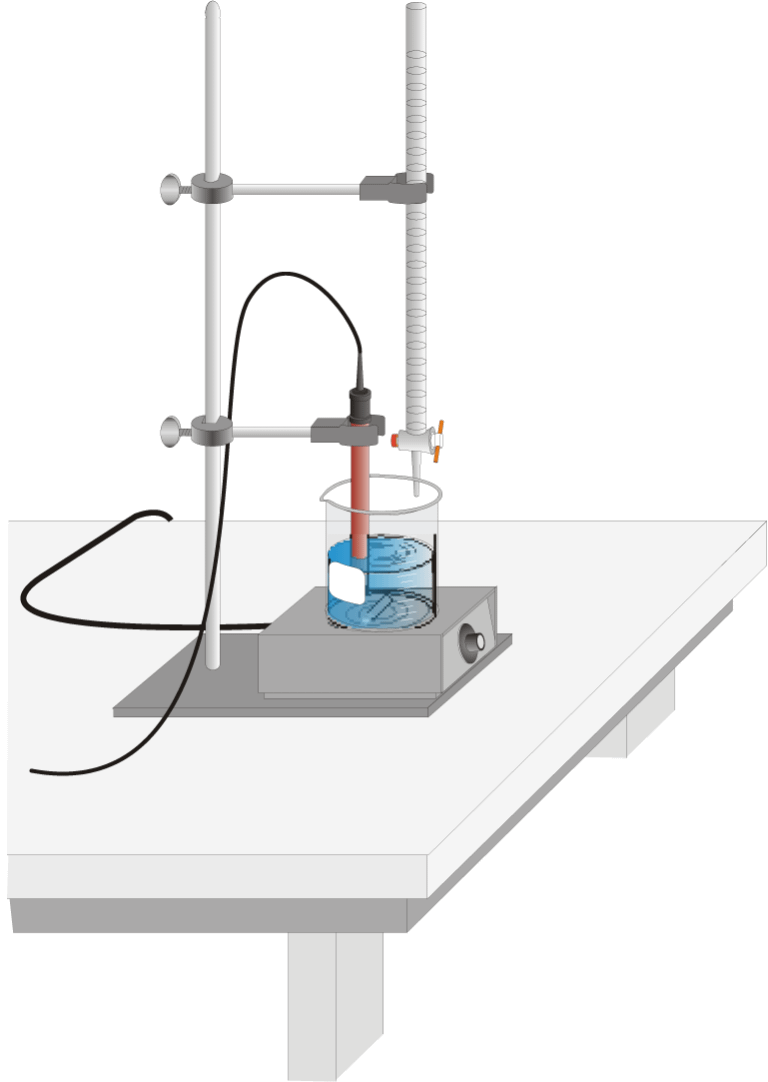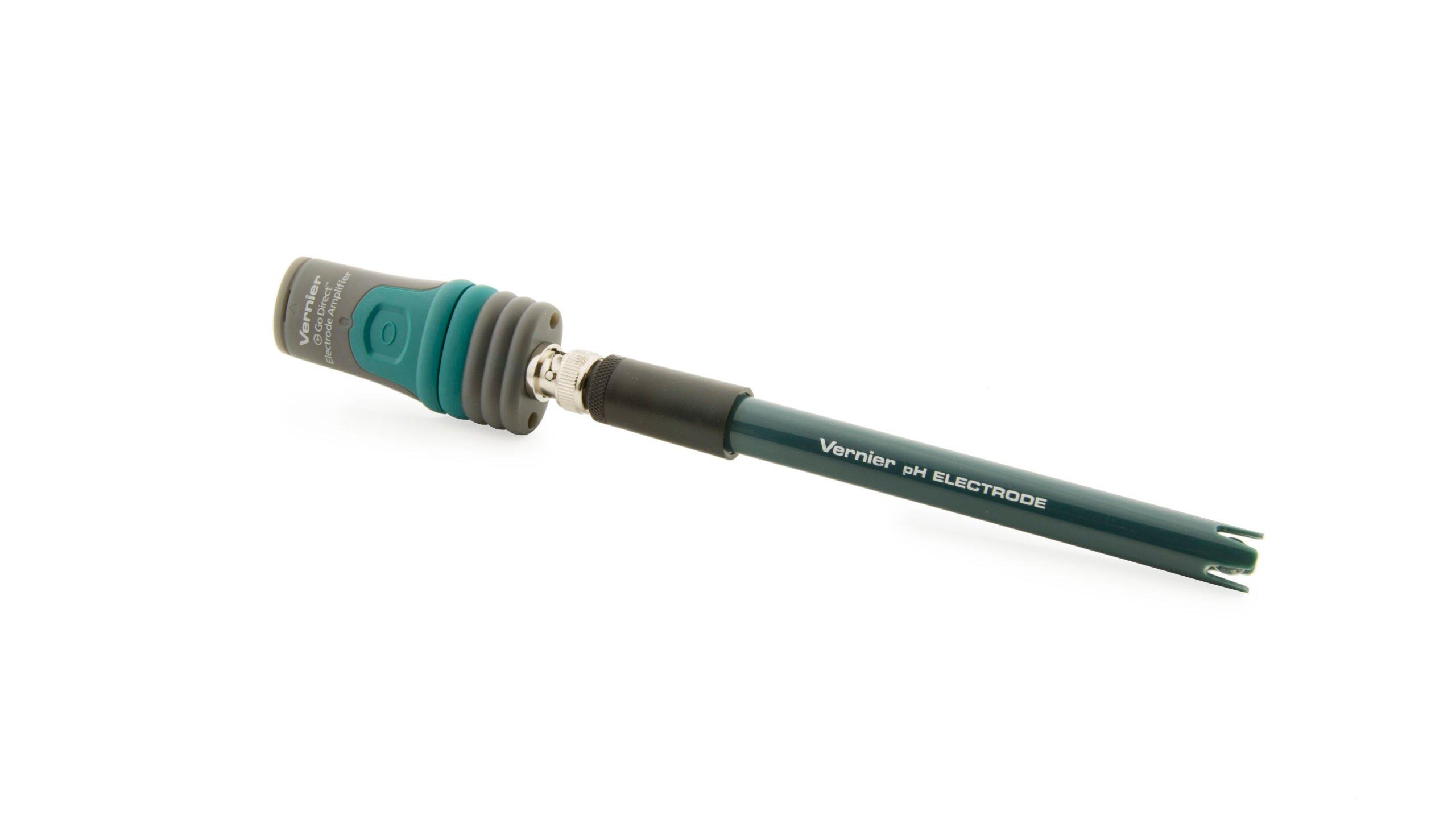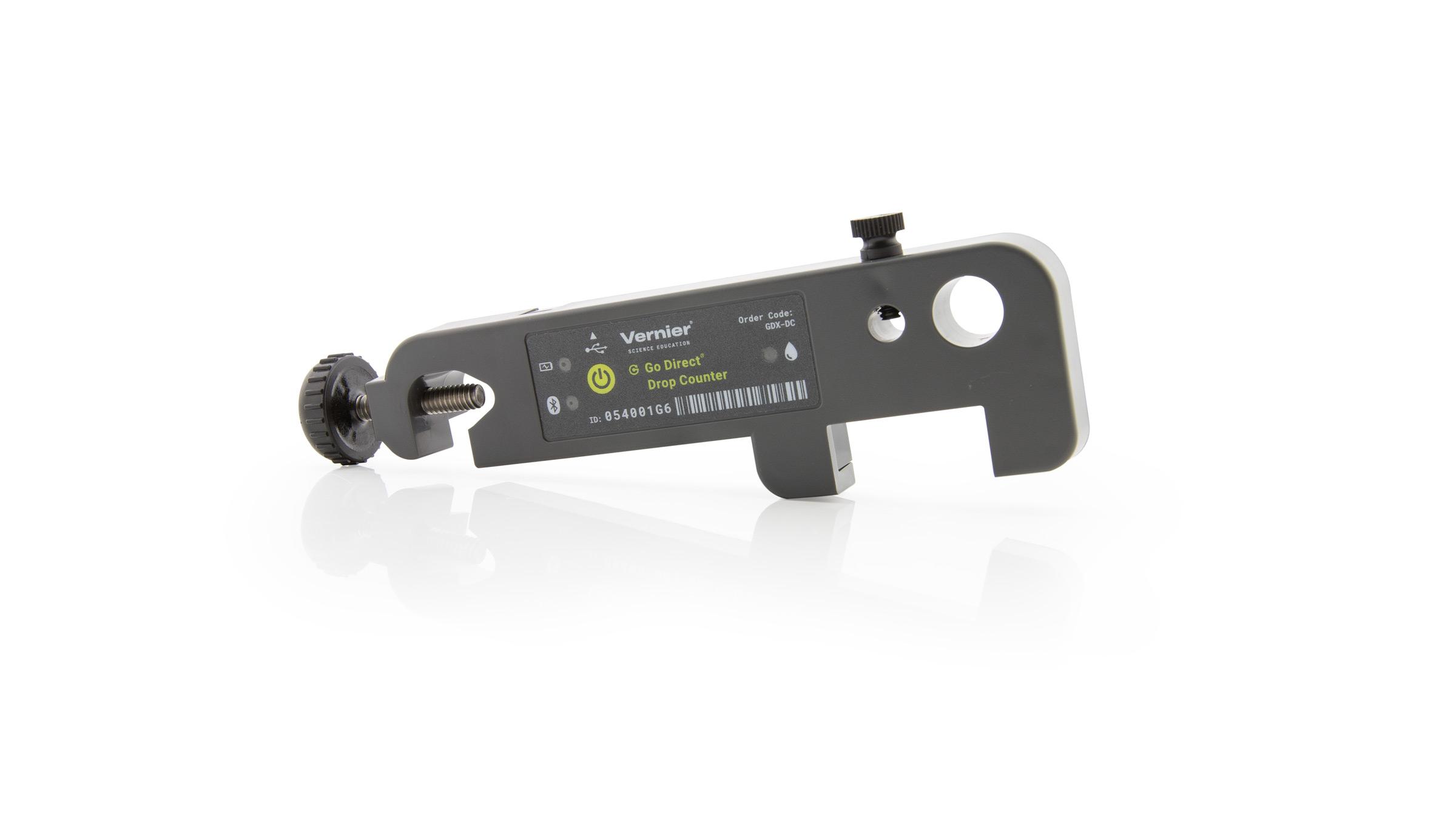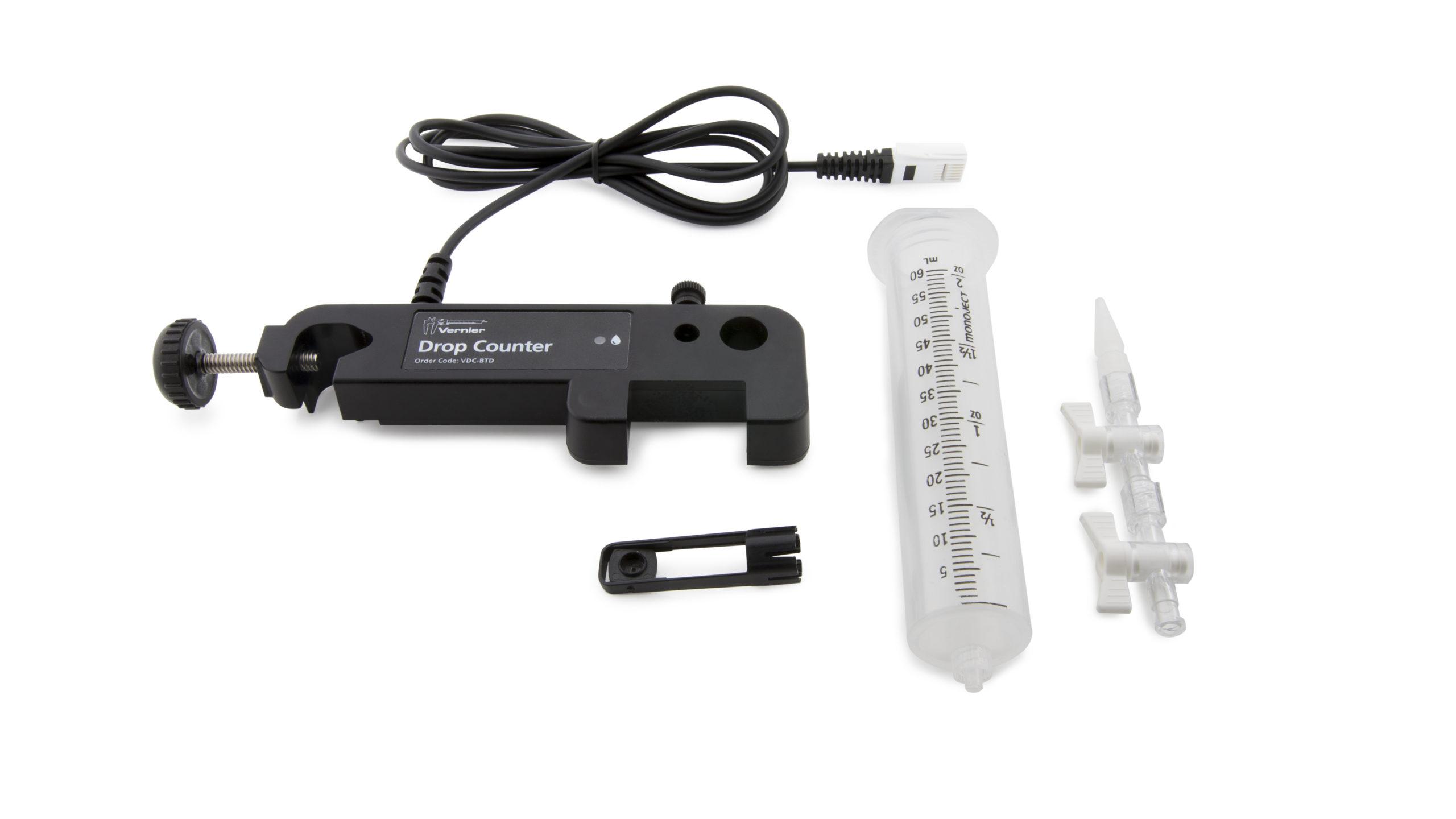
Introduction
It is often necessary to test a solution of unknown concentration with a solution of a known, precise concentration. The process of determining the unknown’s concentration is called standardization.
Solutions of sodium hydroxide are virtually impossible to prepare to a precise molar concentration because the substance is hygroscopic. In fact, solid NaOH absorbs so much moisture from the air that a measured sample of the compound is never 100% NaOH. On the other hand, the acid salt potassium hydrogen phthalate, KHC8H4O4, can be measured out in precise mass amounts. It reacts with NaOH in a simple 1:1 stoichiometric ratio, thus making it an ideal substance to use to standardize a solution of NaOH.
Objectives
In this experiment, you will
- Prepare an aqueous solution of sodium hydroxide to a target molar concentration.
- Determine the concentration of your NaOH solution by titrating it with a solution of potassium hydrogen phthalate, abbreviated KHP, with an exact molar concentration.
Sensors and Equipment
This experiment features the following sensors and equipment. Additional equipment may be required.
Ready to Experiment?
Ask an Expert
Get answers to your questions about how to teach this experiment with our support team.
- Call toll-free: 888-837-6437
- Chat with Us
- Email support@vernier.com
Purchase the Lab Book
This experiment is #6 of Advanced Chemistry with Vernier. The experiment in the book includes student instructions as well as instructor information for set up, helpful hints, and sample graphs and data.





